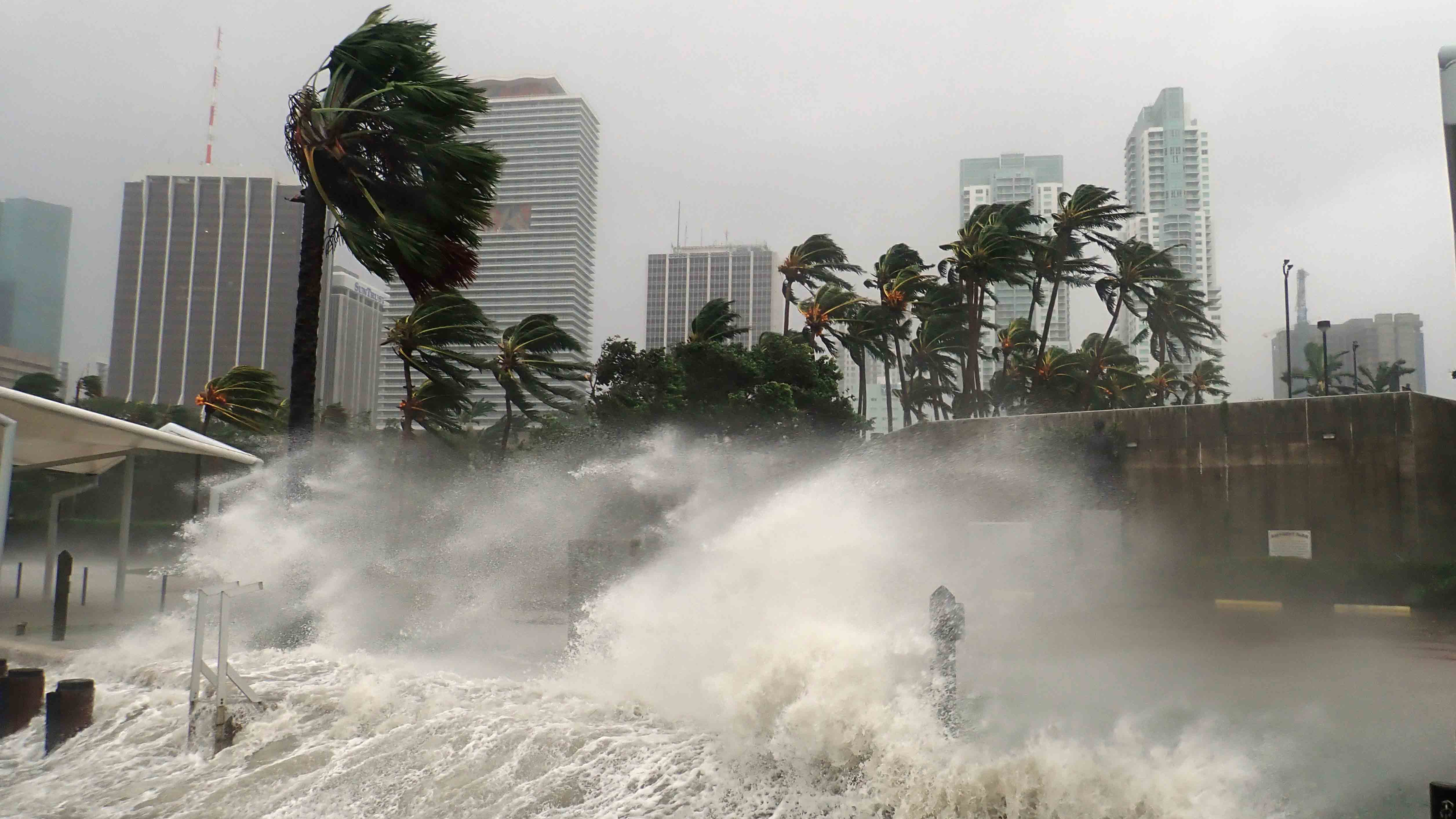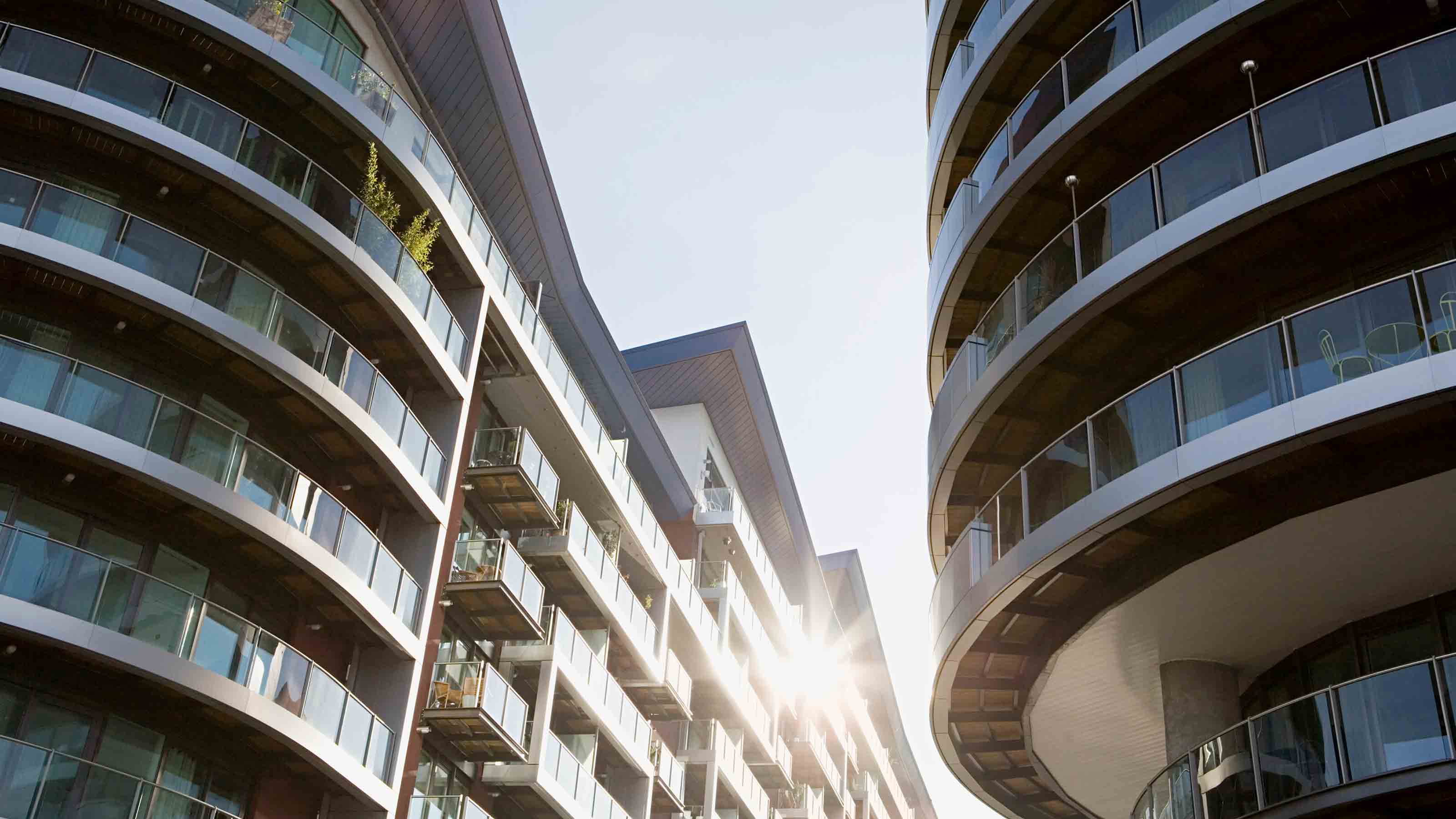10 Green Myths Debunked
We reveal the truth behind the hype, plus how much money you may be wasting by buying into it.

If you’re like most consumers, you’re more than happy to buy green -- as long as it also saves greenbacks. A recent study by the Shelton Group found that consumers who purchase eco-friendly products at least occasionally are more interested in spending their money wisely than in improving the environment.
To that end, here are ten oft-cited green myths and the truth behind them -- plus how much money you may be burning by buying into them.
Myth: Never leave the lights on when you leave a room.

Sign up for Kiplinger’s Free E-Newsletters
Profit and prosper with the best of expert advice on investing, taxes, retirement, personal finance and more - straight to your e-mail.
Profit and prosper with the best of expert advice - straight to your e-mail.
Reality: Mom had it right when it comes to incandescent bulbs, but not compact fluorescent lights. The more often you switch CFLs on and off, the shorter their operating life. In most parts of the U.S., it’s cheaper to leave fluorescents on if you’ll only be out of the room for 15 minutes or less, according to the Department of Energy www.energysavers.gov. (In areas with high electric rates or during peak demand periods, the length of time may shorten to just 5 minutes.) On average, a CFL bulb costs $2.50 more than an incandescent bulb, but it will save $5.41 annually on your electric bill compared with an incandescent, according to DOE.
If you haven’t converted to CFLs because you fear pollution from the mercury they contain, keep in mind that generating electricity is the main source of mercury emissions in the U.S. A 60-watt light bulb will use 480 kilowatt hours of electricity and contribute almost 6 milligrams of mercury to the environment over its lifetime, according to Energy Star. A CFL will use less than a fourth of the electricity and result in a third of the mercury emissions. For more information on properly disposing of CFLs, visit www.energystar.gov/cfls.
Myth: You can trust product labels that say “green,” “eco-friendly,” “earth smart” and the like.
Reality: The green-washing machine loves to crank out vague marketing terms, and the Federal Trade Commission has begun to crack down on environmental claims that fail the regulatory smell test (visit www.ftc.gov and search “Sorting Out Green Advertising Claims”). Manufacturers have begun to improve the labeling, consumer information and advice on their Web sites, including lists and definitions of ingredients. Also look for the EPA’s Design for the Environment label.
Myth: Switching to solar is a great way to achieve energy savings.
Reality: Solar systems, even with government incentives, are expensive. The owner of a typical single-family home in the U.S. wastes almost $350 annually on heated or cooled air that escapes to the outdoors. So for most houses in most places, the first line of defense is to reduce demand, says Bruce Harley, author of Cut Your Energy Bills Now (Taunton). That means tightening up the house and its ductwork (Plug Your Home’s Costly Leaks Before Winter), improving insulation, switching to CFLs, upgrading appliances and changing your behavior. After that, if you still want to go solar, you may be able to make do with a smaller system that costs less. For example, instead of a 4-kilowatt photovoltaic system (the size recommended for the average home) which would cost $16,800 installed after an average state-tax incentive of 25% and the federal discount of 30% -- you might get by with a 2-kilowatt system, which would cost $8,400.
Myth: Energy savings (and tax credits) will eventually pay for replacement windows.
Reality: True, windows are a big energy waster, but you probably have bigger fish to fry. The average cost to replace a window is $300 to $700, and another 50% to 100% if you must replace a rotten or damaged frame, according to www.CostHelper.com. Through 2010, you can get a tax credit for 30% of your cost, up to $1,500, for super-efficient windows (many that are currently Energy Star-approved don’t qualify). Many older homes don’t have huge amounts of window area, and newer houses tend to have more energy-efficient windows that meet existing standards for Energy Star labeling. If you still want to upgrade your windows, you may want to wait until products meeting new and more rigorous Energy Star standards reach the market in April 2010. Meanwhile, you can prevent heat from escaping in the winter and invading in the summer if you follow the recommendations above.
[page break]
Myth: “Biodegradable” products that return to their natural state save landfill space.
Reality: Modern landfills are designed to keep out sunlight, air and moisture to prevent air and water pollution, thus inhibiting degradation. The FTC’s definition of a biodegradable product is one that will completely decompose within a reasonably short period of time under customary methods of disposal. Because most landfilled garbage won’t pass that test, you’re better off reducing your contribution to solid waste (according to the EPA, the average American generates almostfive pounds of garbage a day). At the store, look for a claim of “post-consumer recycled” content, then recycle what you can. Also use sites such as Freecycle.org instead of hauling reusable stuff to the dump.
Myth: You’ll recoup the higher price you pay for a hybrid car in savings at the pump.
Reality: You may not earn back the $3,000-plus premium you’ll pay for a hybrid with savings at the gas pump. Hybrids always run cleaner than gasoline-fueled engines, but they only make financial sense when gas prices are high, you drive a lot and you plan to keep the vehicle for, say, five or more years. (Use our hybrid calculator to compare the ownership costs of a hybrid versus gas-powered vehicle.) Paying the hybrid premium might be worth it as an insurance policy against higher gas prices in the future, says Bradley Berman, editor of HybridCars.com.
Myth: It’s worth paying 20% to 40% extra to buy organic because the food is healthier.
Reality: A recent and hotly debated British study asserts that organic food is no more nutritious than conventionally grown food. But this isn’t an all-or-nothing issue: If you want to minimize your exposure to pesticides and save money on organics, too, spring for the organic label only on the Environmental Working Group’s “dirty dozen” -- fruits and vegetables that carry the most pesticide residue. They are (from most to least residue): peaches, apples, sweet bell peppers, celery, nectarines, strawberries, cherries, kale, lettuce, grapes (imported), carrots and pears. The clean 15 (from least to most residue) include onions, avocados, sweet corn (frozen), pineapples, mangos, asparagus, sweet peas (frozen), kiwi fruit, cabbages, eggplants, papayas, watermelons, broccoli, tomatoes and sweet potatoes.
Myth: You can reduce your carbon footprint by eating locally grown foods.
Reality: While locavores often cite “food miles”-- that is, the distance food is shipped to market -- as a reason to eat local, Christopher L. Weber and H. Scott Matthews, professors at Carnegie Mellon University, say that transportation accounts for only 11% of total greenhouse-gas emissions associated with food, while 83% is related to production. Produce grown close to home may be fresher and taste better. But food grown where conditions are most auspicious will require less fertilizer, pesticides, labor and investment in tools, says Art Carden, who teaches economics at Rhodes College, in Memphis, Tenn. If you really want to reduce the carbon footprint of your diet, cut back on consumption of red meat, which Weber and Matthews say is responsible for producing 150% more greenhouse gases than chicken or fish.
Myth: You can neutralize your personal share of greenhouse-gas emissions by purchasing carbon offsets.
Reality: Measuring your carbon emissions is a squishy science, and measuring the offsets is even squishier. For example, Carbonfund.org sets the cost to offset an airline trip cross-country (round-trip) at $8.92 for .0.89 tons of fumes. Sustainable Travel International charges $45.34 for 1.8 tons. (The price of a carbon offset can vary from $5 to $25 per ton on average.) Clean Air-Cool Planet, a nonprofit devoted to climate-science education, says that it’s impossible to prove that purchasing offsets will “render purchasers carbon neutral.” There’s no clear standard in use for certifying offsets, although the FTC is investigating the issue. For further guidance, read “A Consumer’s Guide to Retail Carbon Offset Providers” Cleanair-coolplanet.org. Also check the fine print on sellers’ Web sites to see whether the criteria for selecting projects are explained and the benefits quantified.
Myth: New homes are more energy-efficient than older homes.
Reality: Homes built over the past decade or so gobble about as much energy as homes built decades ago. That’s because newer homes are bigger, more architecturally complex, and full of energy-hogging electronics, says Harley, the author of Cut Your Energy Bills Now. Even a new-home owner will benefit from paying for an energy audit and following through on its recommendations. According to the Home Performance with Energy Star program www.energystar.gov, improving energy efficiency will produce utility-bill savings of 20% or more.
Get Kiplinger Today newsletter — free
Profit and prosper with the best of Kiplinger's advice on investing, taxes, retirement, personal finance and much more. Delivered daily. Enter your email in the box and click Sign Me Up.

-
 10 Major AI Companies You Should Know
10 Major AI Companies You Should KnowThese 10 AI companies are at the forefront of machine learning. Find out how they’re driving innovation and jostling to be the biggest players in the game.
By Tom Taulli Published
-
 How Baby Boomers and Gen Xers Are Redefining Retirement Living
How Baby Boomers and Gen Xers Are Redefining Retirement LivingBoth generations need to embrace change and leverage real estate as a dynamic asset in their retirement planning. Here's how financial advisers can help, too.
By David Conti, CPRC Published
-
 How to Find Foreclosed Homes: Best Foreclosure Listings Sites
How to Find Foreclosed Homes: Best Foreclosure Listings SitesMaking Your Money Last Find foreclosed homes for sale on these foreclosure listing websites. Search for properties on these free, paid or government sites.
By Bob Niedt Last updated
-
 Luxury Home Prices Rise as the Rich Dodge High Mortgage Rates
Luxury Home Prices Rise as the Rich Dodge High Mortgage RatesLuxury home prices rose 9% to the highest third-quarter level on record, Redfin reports, growing nearly three times faster than non-luxury prices.
By Kathryn Pomroy Published
-
 Four Tips for Renting Out Your Home on Airbnb
Four Tips for Renting Out Your Home on Airbnbreal estate Here's what you should know before listing your home on Airbnb.
By Miriam Cross Published
-
 Five Ways to Shop for a Low Mortgage Rate
Five Ways to Shop for a Low Mortgage RateBecoming a Homeowner Mortgage rates are high this year, but you can still find an affordable loan with these tips.
By Daniel Bortz Last updated
-
 Looking to Relocate? Plan for Climate Change
Looking to Relocate? Plan for Climate Changebuying a home Extreme weather events are on the rise. If you’re moving, make sure your new home is protected from climate change disasters.
By Rivan V. Stinson Last updated
-
 Retirees, A Healthy Condo Has a Flush Reserve Fund
Retirees, A Healthy Condo Has a Flush Reserve FundSmart Buying Reserve funds for a third of homeowner and condo associations have insufficient cash, experts say. Here are some cautionary steps you should take.
By Patricia Mertz Esswein Published
-
 Cash Home Buyers: New Services Offer Help Making All-Cash Offers
Cash Home Buyers: New Services Offer Help Making All-Cash OffersBecoming a Homeowner Some firms help home buyers make all-cash offers on homes. Weigh the fees before you sign on.
By Emma Patch Published
-
 Home Sale Prices in the 50 Largest Metro Areas
Home Sale Prices in the 50 Largest Metro AreasBecoming a Homeowner What’s happening in the market where you live?
By the editors of Kiplinger's Personal Finance Published